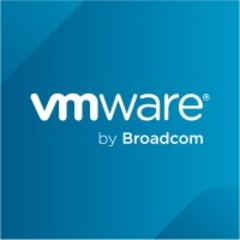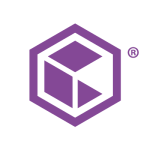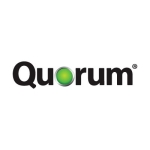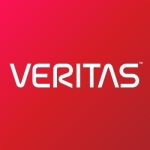What is our primary use case?
In my company, we use VMware SRM for synchronous replication.
What is most valuable?
The most valuable feature of the solution is that vMotion is possible in VMware SRM, making it a great tool, especially when doing a DR drill. Synchronous replication and asynchronous replication are also some of the good features of the solution.
What needs improvement?
The weakness in VMware SRM is visible when, in our company, we try to do some cross-platform programming. For cross-platform programming, we might need some external tools, like Veeam or Commvault, for cross-hypervisor replication. It is not so easy to integrate it with other solutions. The aforementioned details can be considered for improvement of the solution.
The technical support is not quick enough to respond when a user tries to contact them. For improvement, the support should respond quickly to a user.
Cross-hypervisor restoration support or multi-platform support would be some of the best traditional features I would like to see in VMware SRM's future releases.
For how long have I used the solution?
I have been using VMware SRM for two to three years. My organization functions as a cloud service provider. My company uses the product as well as recommends the product to the company's customers.
What do I think about the stability of the solution?
It is a very stable solution.
What do I think about the scalability of the solution?
We haven't found any issues with VMware SRM's scalability.
In my company, most of the machines have been replicated through VMware SRM, which consists of very few and not many in numbers. We also use Veeam as a backup for external storage, making VMware SRM a handy tool for our company.
One or two administrators are enough to handle the solution.
Speaking about the product's future usage, our company doesn't have much of a requirement for VMware SRM because we majorly need it only for testing purposes. For our company, VMware SRM is not an important tool. Our company recommends VMware SRM to our customers since VMware has been putting out all these features, making its product better.
How are customer service and support?
The solution's technical support is not bad since they are responsive. My company successfully resolved most issues we faced while working with the product. My company had raised only one or two issues with VMware, and they had successfully resolved our issues.
I rate the technical support a seven to eight out of ten.
How would you rate customer service and support?
Which solution did I use previously and why did I switch?
In our company, we use Nutanix Leap, which is similar to VMware SRM.
VMware SRM is available to users as a separate package from VMware, while Leap comes with Nutanix allowing users to use it anytime. In terms of utility, Nutanix Leap and VMware SRM are the same.
How was the initial setup?
I was involved in VMware SRM's deployment phase two years ago, and it was an easy process.
The solution is deployed on-premises.
The setup phase of VMware SRM can be done within a day, and then the planning and all policies that need to be set up would take four to five days or even a week.
What's my experience with pricing, setup cost, and licensing?
VMware SRM is expensive when compared to Veeam and makes Veeam look cheaper. For support, some additional payments need to be made over the licensing costs of the solution. Even with Veeam, additional payments must be made over the licensing costs.
What other advice do I have?
VMware SRM is a handy solution since it does what it is told to do by its user while staying stable.
I rate the overall product an eight out of ten.
Which deployment model are you using for this solution?
On-premises
Disclosure: My company has a business relationship with this vendor other than being a customer. Partner



















